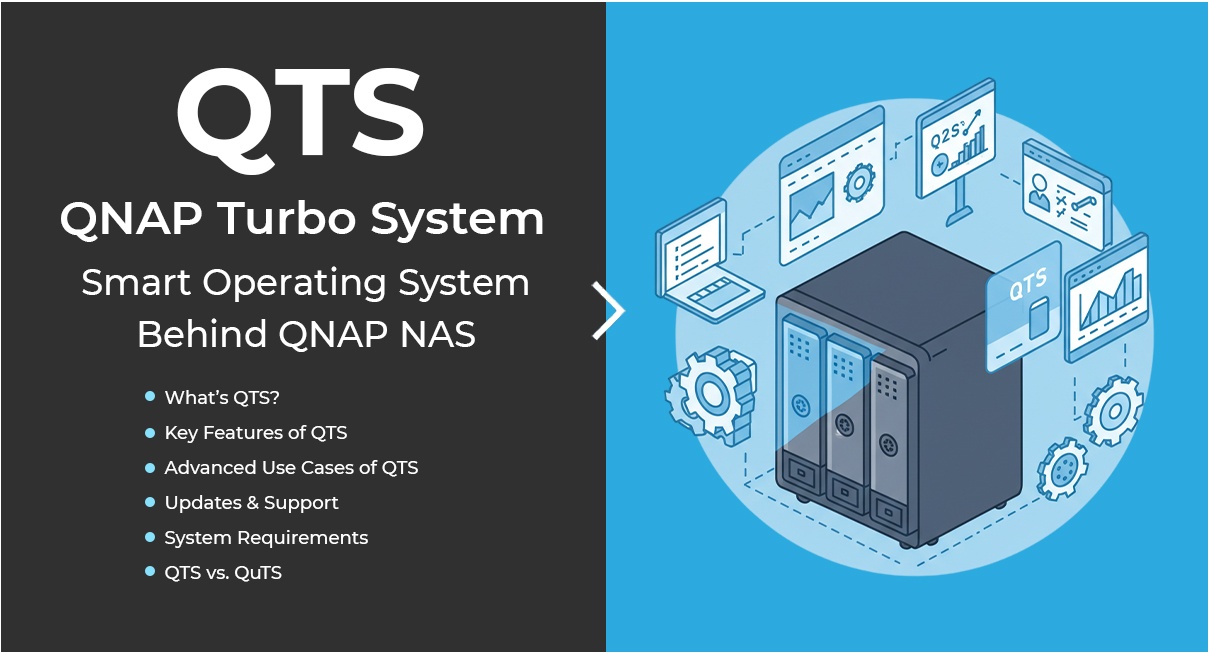As the need for smart and secure data storage grows, NAS (Network Attached Storage) systems have become essential for homes, small businesses, and enterprises. Among the top NAS manufacturers, QNAP stands out for its reliable hardware and its powerful, user-friendly operating system: QTS (QNAP Turbo System).
This article provides a comprehensive overview of what QTS is, its features, components, and how it empowers users to manage their data efficiently.
What is QTS?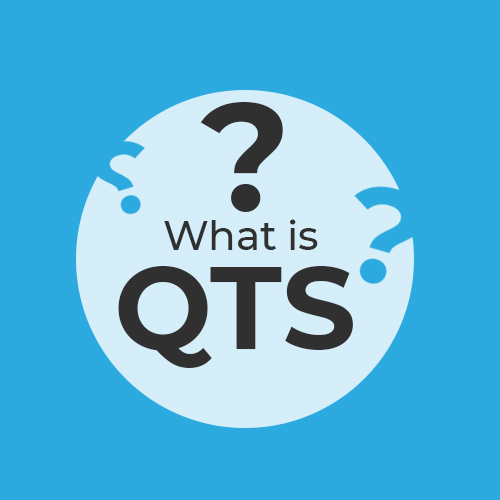
QTS (QNAP Turbo System) is the official operating system that powers most QNAP NAS devices.
Based on the Linux kernel, QTS provides a web-based graphical user interface (GUI)
that allows users to fully control and manage their NAS systems remotely via any browser
Key Features of QTS
1. User-Friendly Interface
-Intuitive desktop-style GUI.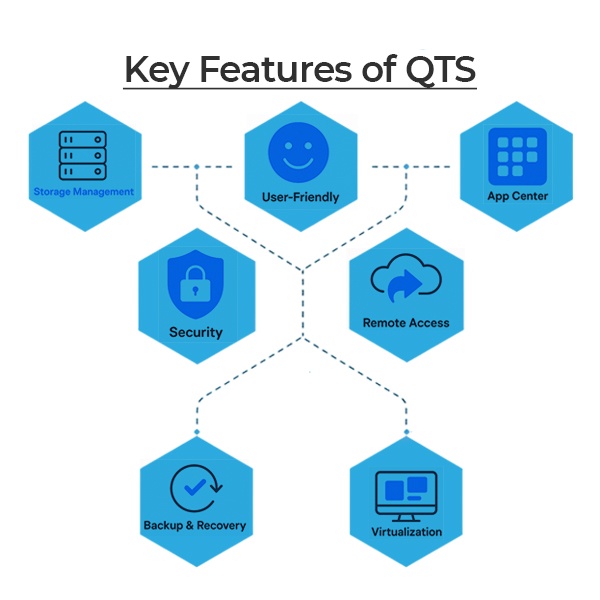
- Easy navigation, drag-and-drop functionality, multitasking.
- Access via any web browser-no need for command-line knowledge.
2. Advanced Storage Management
- Support for multiple RAID configurations (RAID 0, 1, 5, 6, 10, etc.)
- Disk health monitoring, SMART checks, alerts, and more.
- Storage Pools and Thin Volumes for flexible data allocation
3. App Center
- An integrated app store with hundreds of applications.
- Popular apps include:
- Plex Media Server : for media streaming.
- Surveillance Station : for IP camera management.
- Qsync : for syncing files across devices.
- Hybrid Backup Sync : for backup and disaster recovery.
4. Robust Security
- Built-in firewall with IP access control.
- AES 256-bit encryption for folders and files.
- Support for VPN, 2-Step Verification (2FA), and anti-ransomware features.
5. Remote Access - myQNAPcloud allows secure remote access to your NAS anywhere.
- Mobile apps like Qfile, Qmanager, QVPN enhance mobile productivity.
6. Backup & Data Recovery - Local and cloud-based backup scheduling.
- Integration with Google Drive, Dropbox, Amazon S3, and others.
- One-click restore options for emergencies.
7. Virtualization & Containerization
- Virtualization Station to run virtual machines (Windows, Linux, etc.).
- Container Station supports Docker and LXC containers.
- Ideal for developers and IT admins to run isolated environments.
Advanced Use Cases of QTS
-Home Media Center: Stream videos, music, and photos to TVs or mobile devices.
- Private Cloud Server: Host your own cloud storage and services.
- Video Surveillance System (NVR): Manage security cameras.
- Business Applications: File sharing, task management, mail server, and more through built-in apps.
Updates & Support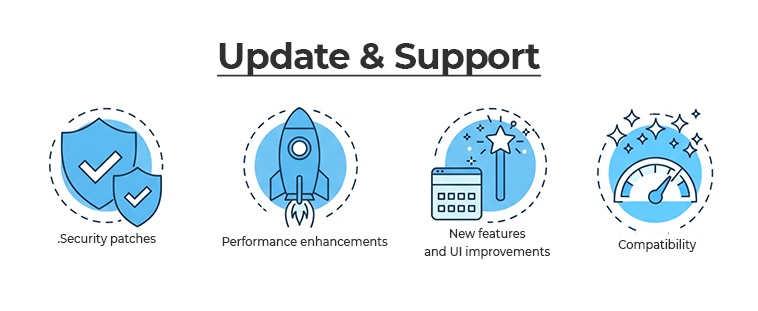
QNAP regularly releases firmware updates for QTS that include:
- Security patches.
- Performance enhancements.
- New features and UI improvements.
- Compatibility with the latest tech standards.
Users can enable automatic updates or install them manually via the admin panel.
System Requirements While QTS is designed to work on most QNAP models, some advanced features (like virtualization) may require:
- Intel or AMD processors.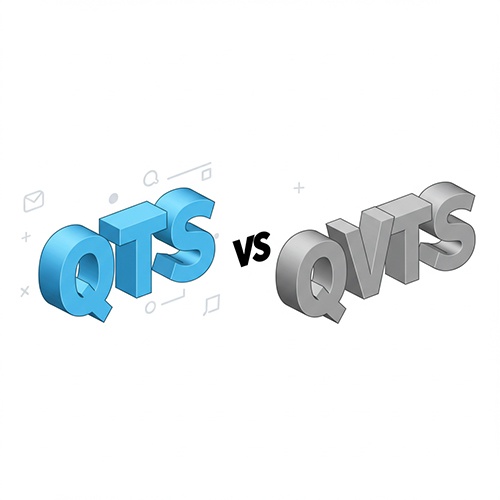
- Minimum 4GB of RAM for optimal performance
QTS vs. QuTS hero: What's the Difference?
| Feature | QTS | QuTS hero |
|---|---|---|
| File System | EXT4 | ZFS |
| Best For | General Users | Power Users |
| Performance | High | Higher (Data Integrity) |
| RAM Usage | Lower | Higher |
Conclusion
QTS is much more than just an operating system for NAS devices-it's a comprehensive platform for managing files, media, applications, and system security. With its rich features, regular updates, and user-friendly interface, QTS makes QNAP NAS devices a powerful solution for both personal and professional storage needs.
















